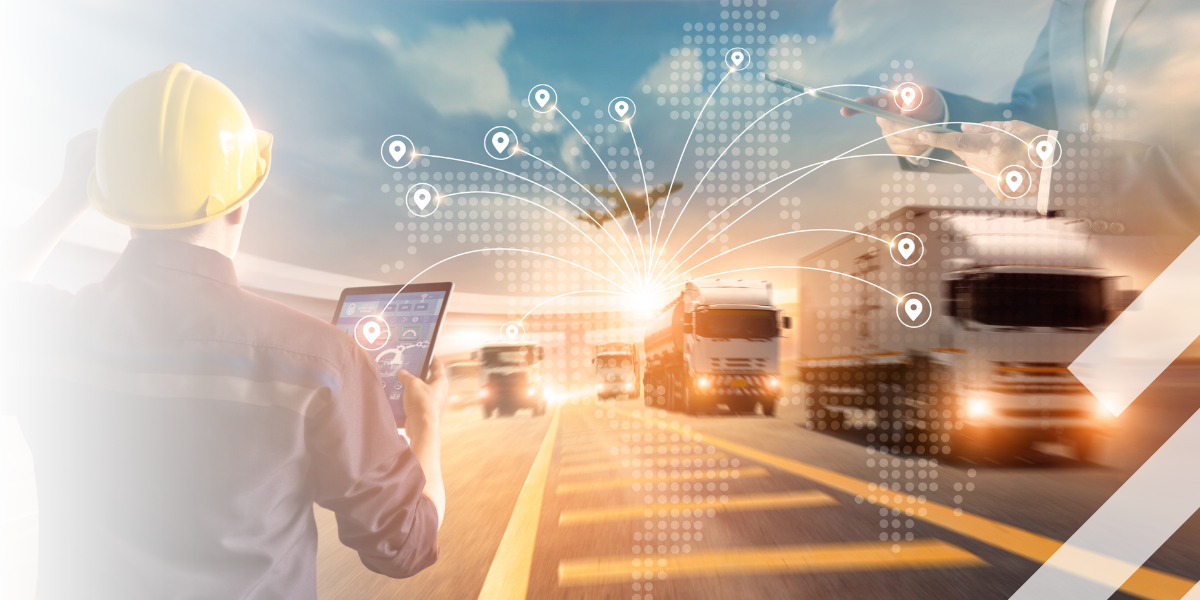How Sustainable Road Safety Flourishes Through New Partnerships
Intertraffic looks at why traffic and transport agencies in the US are exploring new business models that deliver sustainable road safety solutions by implementing a public-private partnership for automated speed enforcement
When considering ways to improve safety, it is vital to look beyond immediate improvement in seeking to achieve sustainability.
It is not good enough to just get better - we have to stay better. Automated speed enforcement has become an important tool for traffic engineers to raise safety levels in crowded urban streets, school zones and other areas where vulnerable road users are present.
Automated speed enforcement makes use of a roadside camera and radar to measure vehicle speeds and record information that identifies the vehicle. An infraction notice and fine can then be sent to the registered owner of the vehicle, with little or no need for human intervention. This frees up valuable police time for other duties and improves safety for police officers by avoiding the need to pull drivers over.
When carefully sited, automated speed enforcement systems also remove the possibility of bias from the enforcement process. While automated speed enforcement has become popular, there are many jurisdictions where the use of such systems is not legal.
When carefully sited, automated speed enforcement systems also remove the possibility of bias from the enforcement process
There are also concerns from drivers that while safety is improved, the real motivation for installation might be revenue generation. This is reinforced by the fact that most jurisdictions using automated speed enforcement direct the generated revenue to a general fund that can be used to subsidize municipal budgets, rather than be dedicated to further road safety improvements.
The business model for automated speed enforcement
The business model for automated speed enforcement presents a particular challenge. Typically, the implementation of such systems causes an initial change in driver behaviour through an increase in speed limit compliance. While this is undoubtedly a success from a safety perspective, it results in a drop in revenue after the initial period of operations. The drop in revenue can be substantial – up to 90% of initial revenue. This leads many agencies to relocate the automated speed enforcement system to a new location to increase revenue generation. This has the effect of degrading safety at the initial location and not delivering sustainable safety. It is also interesting to note that the revenue does not drop to zero, implying that there is a small percentage of drivers who are repeat offenders, despite the fine.
Typically, the implementation of such systems causes an initial change in driver behaviour through an increase in speed limit compliance
New business models for road safety
Agencies in the US are currently considering a new business model that could deliver sustainable safety by implementing a public-private partnership for automated speed enforcement. The concept is to involve a private sector third-party to assume the role of advertiser or sponsor for the automated speed enforcement system. The sponsor is likely to be in some way associated with, or will benefit from, improvements in road safety. Examples include hospital networks, insurance firms, oil companies, or other private sector enterprises already operating a rewards programme.
PIC TRAFFIC SAFETY 3
In return for advertising and exposure, the sponsor would provide additional funding after the revenue drop during the initial operations. Another interesting role for the sponsor would be the provision of financial support for what could be called “good citizen rewards.” The idea is to reverse the psychology of automated speed enforcement and provide a reward to those drivers who comply with speed limits. Of course, noncompliant drivers would still be subject to a fine.
The idea is to reverse the psychology of automated speed enforcement and provide a reward to those drivers who comply with speed limits
This would create a win-win situation where public municipalities are able to deliver sustainable safety beyond the initial operating period of the automated speed enforcement system. The sponsor would gain from being associated with proactive, results driven safety improvement. There is a multitude of customer rewards programmes associated with many activities from airline travel to eating at restaurants.
In many cases rewards programme operators are looking for ways to differentiate themselves from other programmes by associating their programme with a current social cause.
What comes next?
Going beyond the initial concept, a business model needs to be developed detailing the operation of the rewards programme and the subsidy required to maintain the automated speed enforcement system after the initial revenue drop. The plan is to take a practical and realistic approach to this through the design and implementation of a pilot programme with a North American municipality and a suitable third-party sponsor or advertiser.
A business model needs to be developed detailing the operation of the rewards programme and the subsidy required to maintain the automated speed enforcement system
Defining the appropriate approach, and business model arrangements, it should be possible to achieve a balanced set of objectives involving significantly improved and sustained safety for vulnerable road users by defining roles for the public and private sector.
This would represent a new approach for public agencies in Europe, creating a partnership to achieve safety objectives through co-funding with the private sector. For the private sector, this could represent an interesting opportunity to support a sustainability-enhancing programme that will directly influence speed compliance and significantly improve road safety.
Loading component...
Get up to speed on the mobility industry - our newsletter straight to your inbox!



